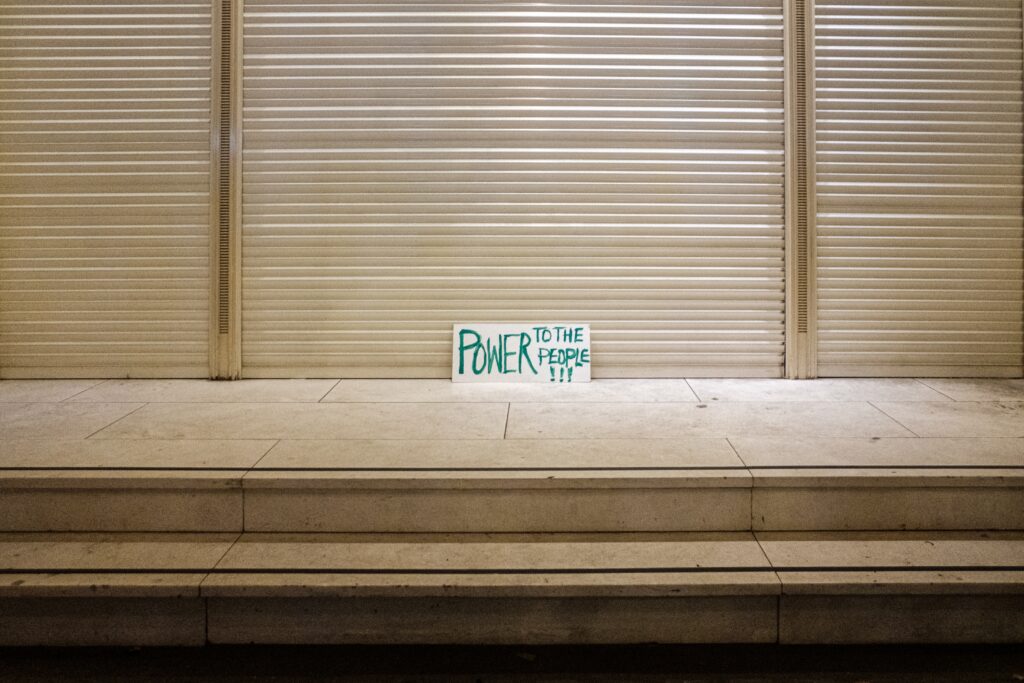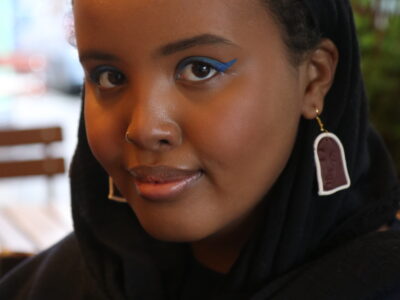Social media and social struggles: the Internet and protest in 2021

Kate examines how protesting has shifted to our screens, and wonders whether that’s a good thing
‘I guess that’s the only good thing about echo chambers… it builds group confidence,’ 20-year-old protester Goldie Maguire contemplated as we spoke about social media and the #KilltheBill protests that have battered though Bristol. Her comment made me pause. She had encapsulated the idiosyncrasies of a new mode of protest, born of the internet and all its unique benefits and failures. As the protests continue with varying levels of violence, the movement’s use of social media is surely more worthy of investigation than ever.
As the protests continue with varying levels of violence, the movement’s use of social media is surely more worthy of investigation than ever.
On the 13th of March, several hundred gathered on Clapham Common as part of Sarah Everard’s vigil, whose horrific murder kindled recent and ongoing public debate on women’s safety. What we didn’t know at the time was that this would be the start of an alarming pattern of peaceful civilian protestors facing increasing police violence. A social media firestorm ensued, and consequent #KilltheBill protests were ignited across the country.
This proposed bill offers police more power to break up protests and increases the prison time of those who break its sanctions – up to 10 years. The protests in Bristol against the legislation have been nationally recognized, with images of torched police vans and shattered windows splashed across newspapers.
Critics of the protests have been quick to voice criticism of protestor violence. Met Chief Dame Cressida Dick called the online reaction a ‘social media pile-on’ that unnecessarily attacked police. Her focus on the online attack in conjunction with the physical violence of protesters suggests the police understand as well as protesters do that in 2021 the two are undeniably interlinked. ‘The government know they have lost control’ Goldie as we spoke further; ‘they have lost power’.
Despite a year of social isolation, the past twelve months have been punctuated by some of the largest protests in recent history: the Black Lives Matter, Extinction Rebellion and Anti-Asian hate movements particularly stand out. Goldie, a long-time campaigner for many causes, told me that she hadn’t ‘seen this in a very long time, this level of continued support’. Studies show a correlation with life dissatisfaction and the COVID-19 pandemic. It’s not surprising that so many are willing to voice this through protest.
The media has labelled these protests as especially violent. Perhaps after so long trapped indoors, online communities are stronger, thus movements bred online are fiercer. There’s also reason to believe that online activism makes protest more fervent in general.
The media has labelled these protests as especially violent. Perhaps after so long trapped indoors, online communities are stronger, thus movements bred online are fiercer. There’s also reason to believe that online activism makes protest more fervent in general. Online groups often lack the centralization of a more traditional organization. Algorithms spread movement like wildfire, with little commitment or knowledge of campaigns needed to take part online. This quick spread of information translates in high numbers of protesters.
In her 2017 book Twitter and Tear Gas: The Power and Fragility of Networked Protest, sociologist and activist Zayne Tufekciv emphasises the ability of the internet to exponentially speed movements. Whereas pre-internet movements have historically relied on months of organisation from a centralized group, in a twenty-first-century world protests are ‘organized through Twitter, filled with tear gas, leaderless, networked, euphoric, and fragile’, according to Tufekciv. Goldie reported that ‘No one has been specifically organising’ the protests and that ‘with social media, it’s completely word of mouth to get people turning up,’ which seems to support this.
Others have pointed out that growing support online does little to separate those who are genuinely concerned about social issues from those who only wish to aggravate. One anonymous student attendee I spoke to admitted, ‘I wanted to see what the kerfuffle was about. I wanted to see what was going on’. Saying he felt that was the intention of many protesters, he continued, ‘I think it did more harm than good. What started off as a peaceful protest turned into what gives off terrible optics.’ Having seen the media’s reaction to the violence, it’s hard not to agree.
It’s important, however, to recognise that with the challenges of protest on social media comes massive benefits. Updates can be spread to thousands in the midst of protest. Goldie celebrated ‘the spreading of awareness of police brutality and what to do if police approach you, solicitor’s numbers, people throwing their weight behind law organisations supporting people who have been injured. I think it is a great tool in that way’.
With the challenges of protest on social media comes massive benefits. Updates can be spread to thousands in the midst of protest.
While social media protests are deemed by some as ‘slacktivism’ (supporting a movement online but ultimately making very little effort or commitment to the cause), it’s important to recognise the risks protesters face by sharing their support so publicly. ‘I’ve had pictures taken of me, and people in the comments are all negative because they’re influenced by the mainstream media. The people who follow along that take what they say as fact and don’t really understand the basis of the protest itself, so you do get backlash.’ The digital sphere is now for most young people a more public sphere than the real world, especially after a being restricted to it for the last year.
Ultimately, the connecting power of a digital space separate from mainstream media and government officials is both an enormous blessing and curse. In creating bubbles of passionate activists whose ideas can quickly spread to anyone and everyone, protest in 2021 is decentralized, spontaneous and quick to ignite. Equally, as protest and social media become more intertwined, it essential that young people are aware of the incredible potential of social media to disturb older generations preconceptions of protest and startle, bite and agitate like never before.
Are you an online protestor? Have you noticed protesting shifting online over the pandemic? Let us know in the comments.

About Rife





